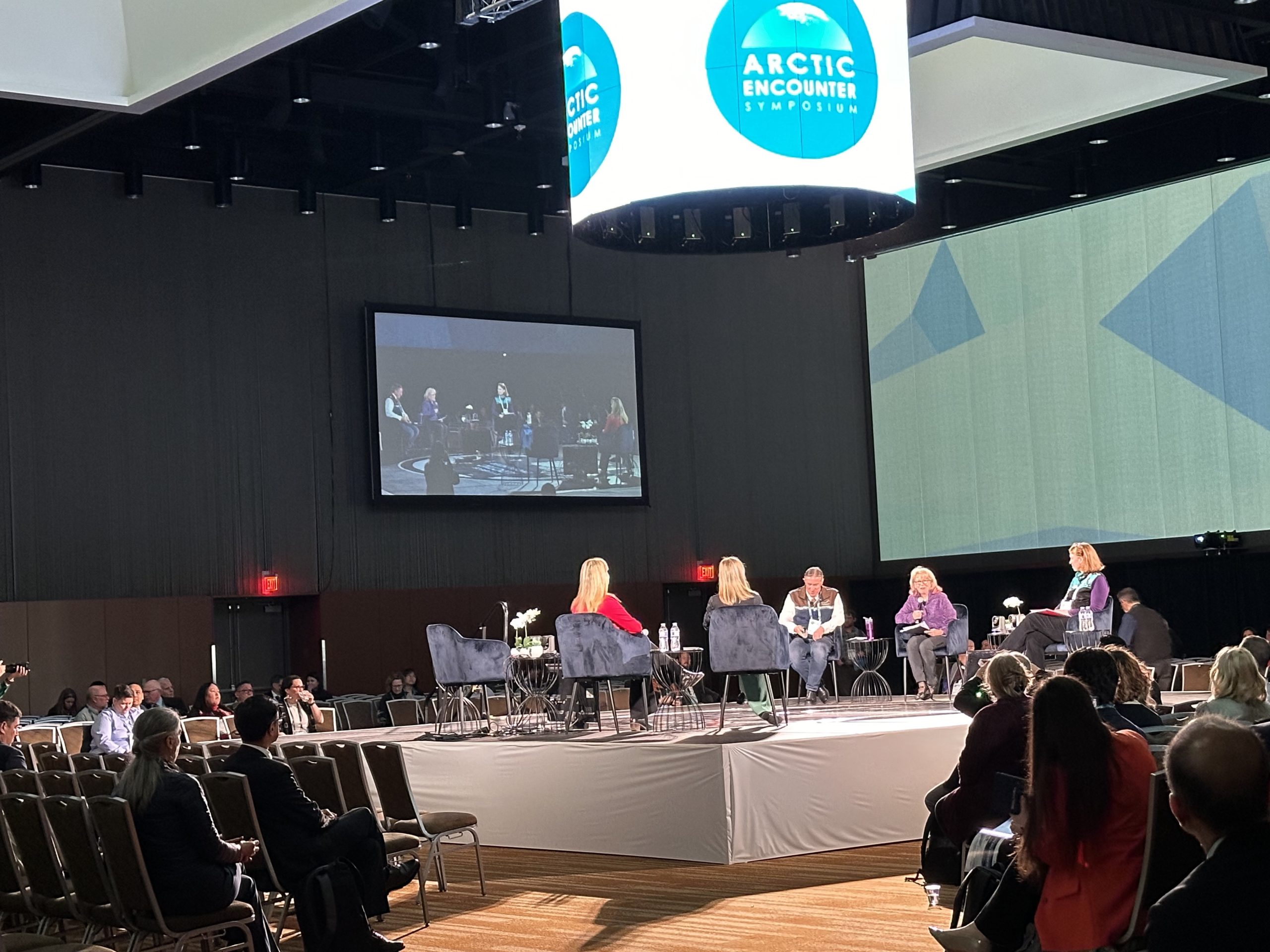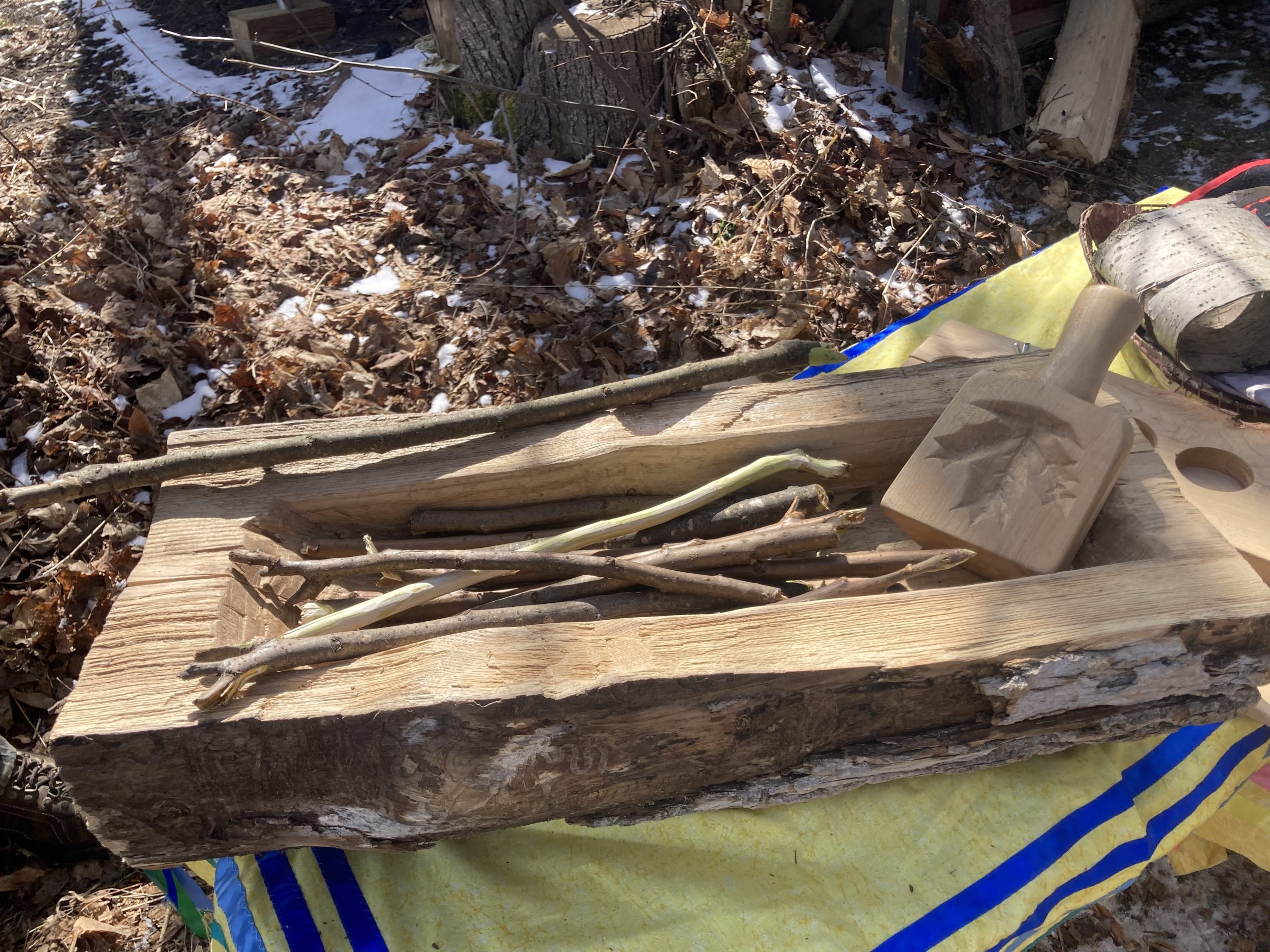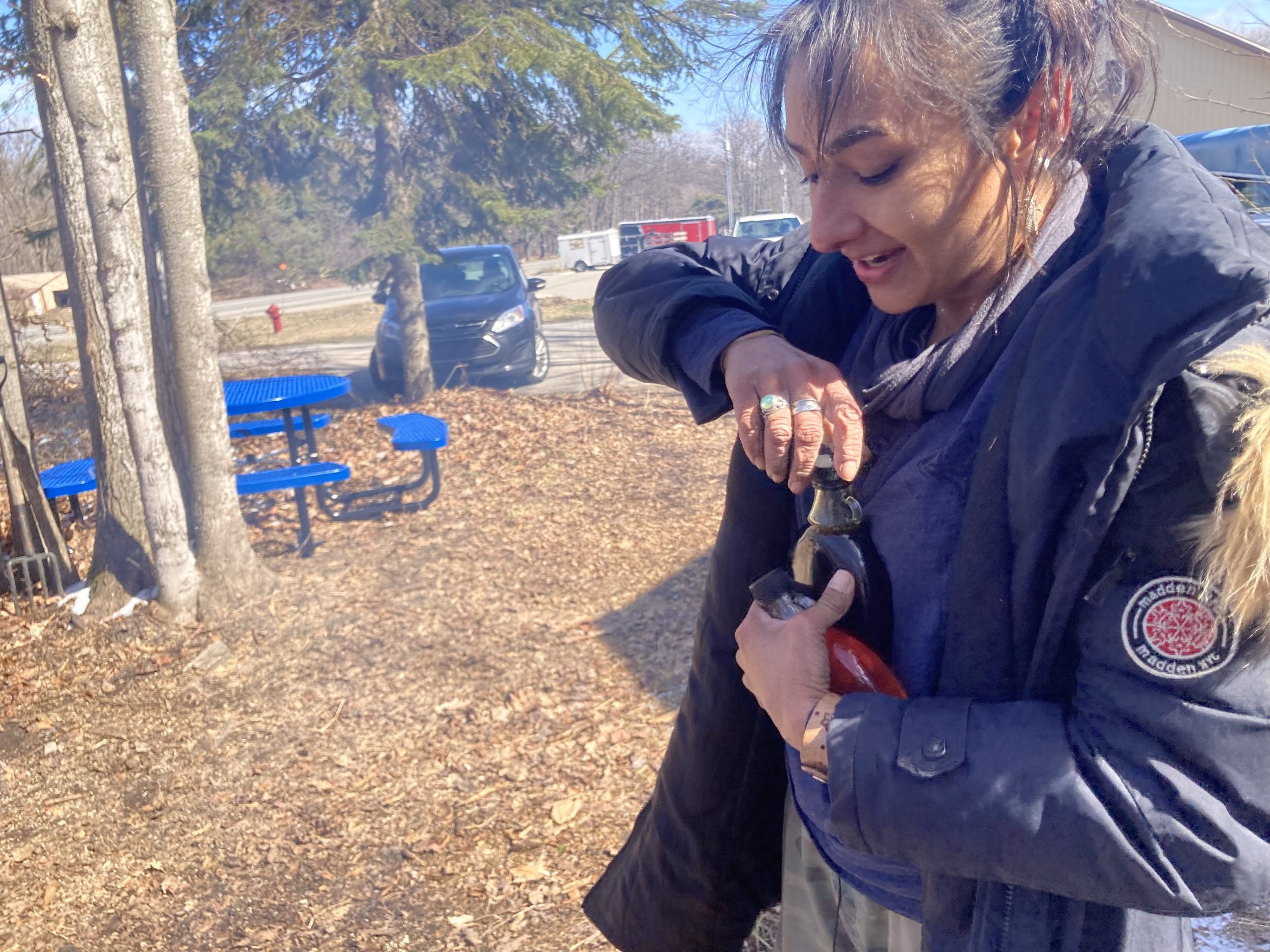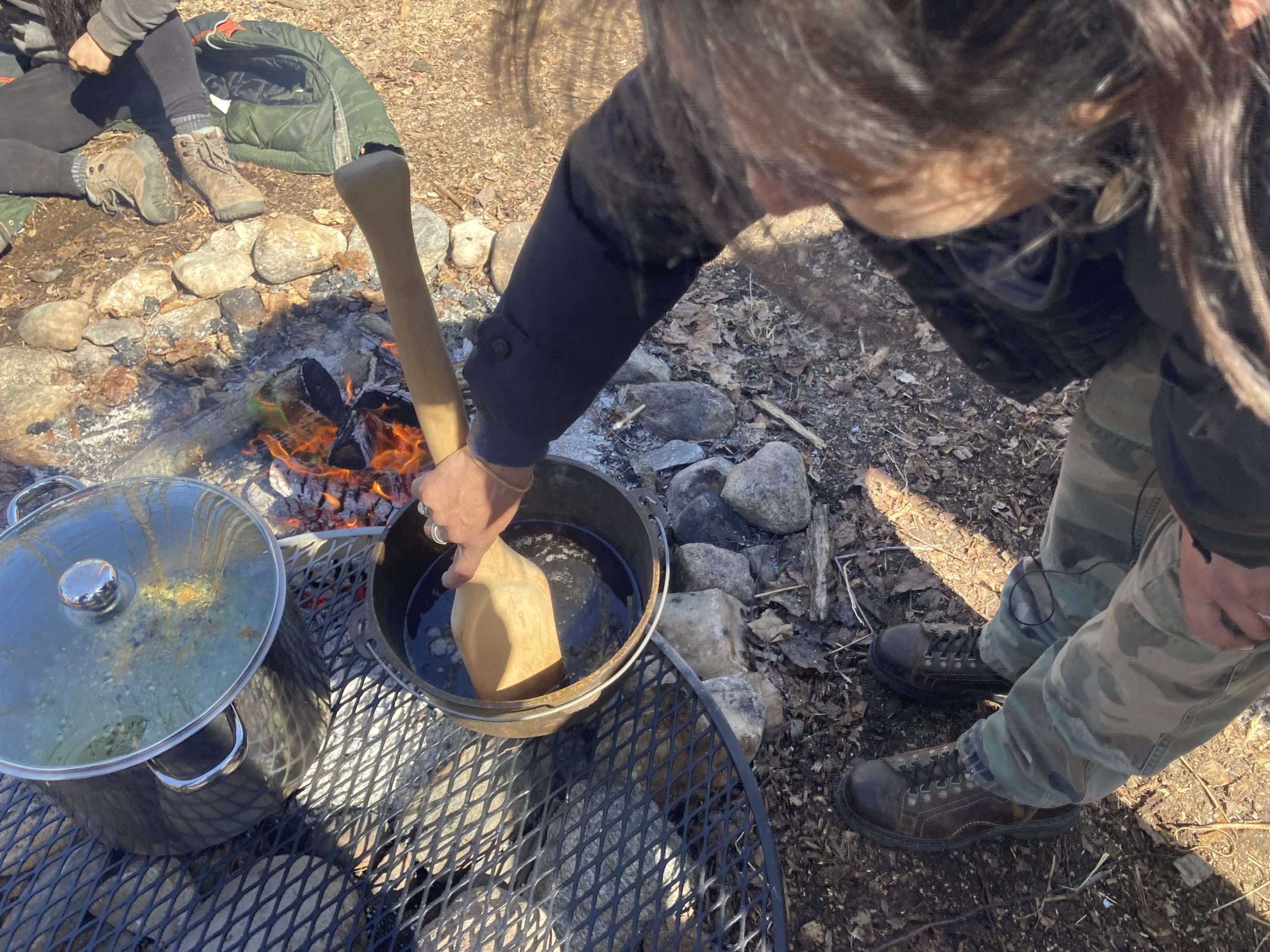Podcast: Play in new window | Download | Embed
The Kobuk River runs through the Ambler Mining district. (Photo: Berett Wilber / Alaska Public Media)
The U.S. Interior Department effectively rejected Alaska’s proposal to build the Ambler Road, a 200-mile industrial road that would have run west from the Dalton Highway through Gates of the Arctic National Park and Preserve to access copper and zinc deposits in Northwest Alaska.
Tribal leaders with the Tanana Chiefs Conference applauded the decision calling it a historic win and the right decision for the protection of land and animals, while leaders in favor of the road expressed outrage, as Alaska Public Media’s Kavitha George reports.
The Interior’s Bureau of Land Management chose a “no action” option in its environmental analysis, effectively ensuring the state’s development authority would not receive a right-of-way to build the road across federal lands.

The Biden Administration said the road, also known as the Ambler Access Project, would cause irreparable damage to wildlife including caribou, which many local people rely on for food.
The Administration also announced stronger protections for 13 million acres inside the National Petroleum Reserve-Alaska, a vast swath of oil-rich — but environmentally sensitive — federal land in the Arctic.
U.S. Sen. Lisa Murkowski (R-AK) decried the decisions, saying President Joe Biden is limiting the state’s economy and domestic resource development.
“When you take off access to our resources, when you say you cannot drill, you cannot produce, you cannot explore. This is the energy insecurity that we’re talking about.”
Environmentalists and some Indigenous rights groups, meanwhile, applauded the decisions.
The Wilderness Society’s interim state director Meda DeWitt said the decisions are “good news for everyone who cares about America’s public lands.”

Courtesy Greater Yellowstone Coalition / YouTube
The Wind River Water and Buffalo Alliance is looking for a graphic artist to develop a logo.
Artists are being encouraged to submit their work representing efforts to restore Indigenous culture.
Eric Galatas has more.
Before Europeans arrived, some 60 million buffalo roamed North America.
After the animal was slaughtered, in part to extinguish tribes that lived alongside buffalo for centuries, just 23 remained by 1900.
Wes Martel (Eastern Shoshone), senior conservation associate with the Greater Yellowstone Coalition, said the new logo should convey a message of hope and power, as the alliance works to restore buffalo and other key elements of Indigenous culture.
“So now we’re seeing a revival. We’re seeing a new energy, we’re seeing our young people now becoming educated in the modern technological ways and scientific ways that we need to protect what we have. And that’s all we’re trying to do, protect a way of life.”
The alliance, based on the Wind River Indian Reservation at Fort Washakie, Wyo., uses a community-centered approach to support food sovereignty, river restoration, buffalo restoration, advocacy, and education.
Martel said the reservation’s landscapes are ideal for protecting the Indigenous way of life.
“We have everything at Wind River that Yellowstone has, except Old Faithful. All of the buffalo, and grizzlies, and wolves, and bighorn sheep, and elk, and deer, and antelope – and all these other relatives that we have on this earth, are with us at Wind River.”
The project is an Indigenous-centered organization of the Eastern Shoshone and Northern Arapaho Tribes working with elders, young people and tribal leaders.
Martel said he hopes the new logo can capture the sentiments and energy felt when tribes are blessed with buffalo, their spiritual connection, and the power they bring to lodges, ceremonies, and overall well-being.
“This whole movement that we’re seeing now, of restoring buffalo and restoring our heritage and restoring our energy, our spiritual strength. That’s really powerful.”
More information about how to apply for the logo design can be found on their website greateryellowstone.org.
The deadline is May 15.
Get National Native News delivered to your inbox daily and stay up-to-date on the 2024 Native Vote. Sign up for our daily newsletter today.
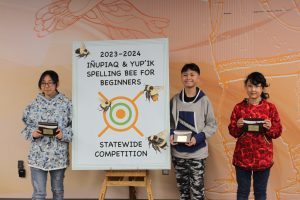

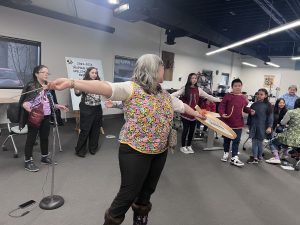

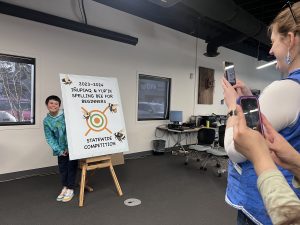
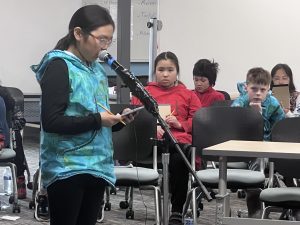
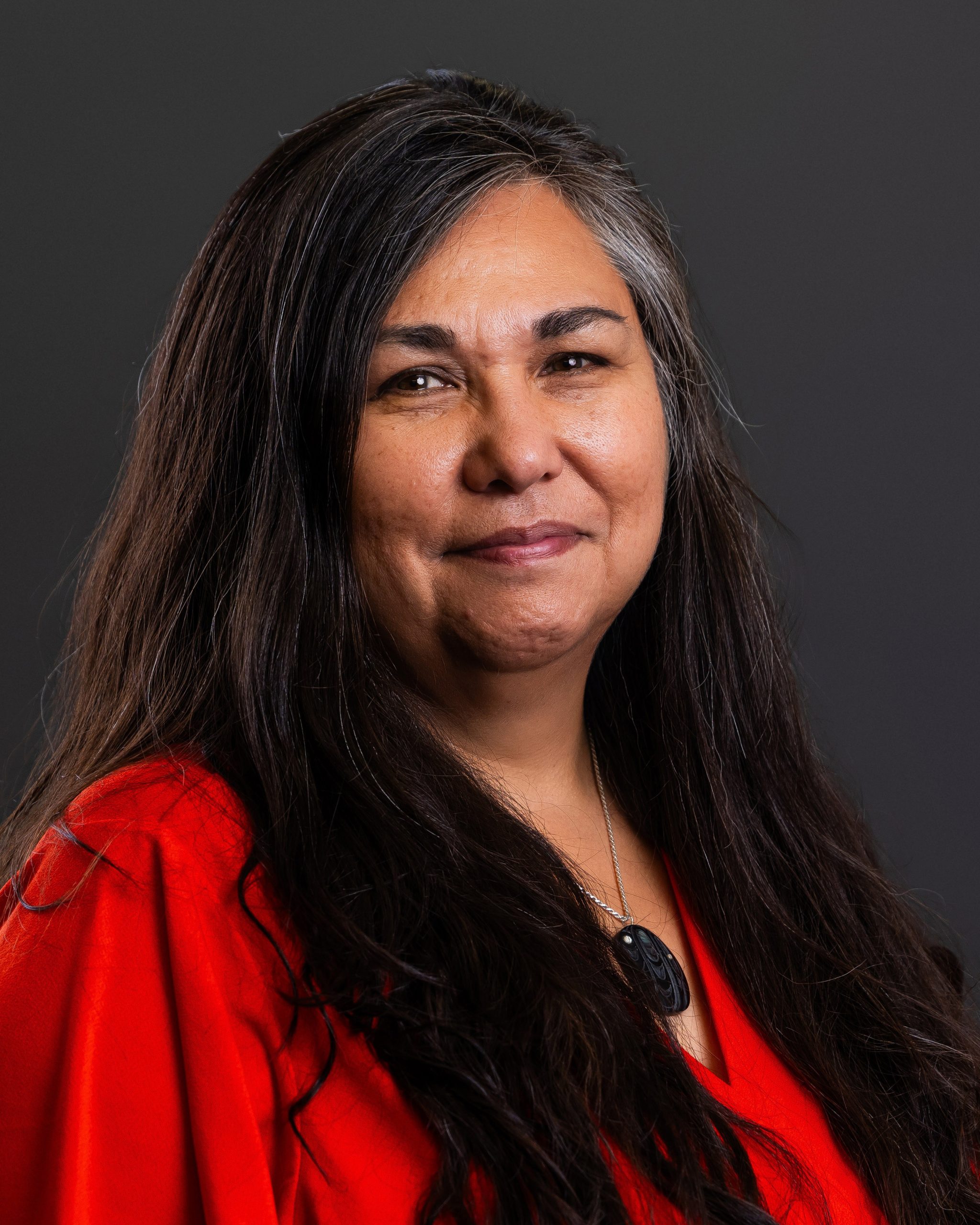








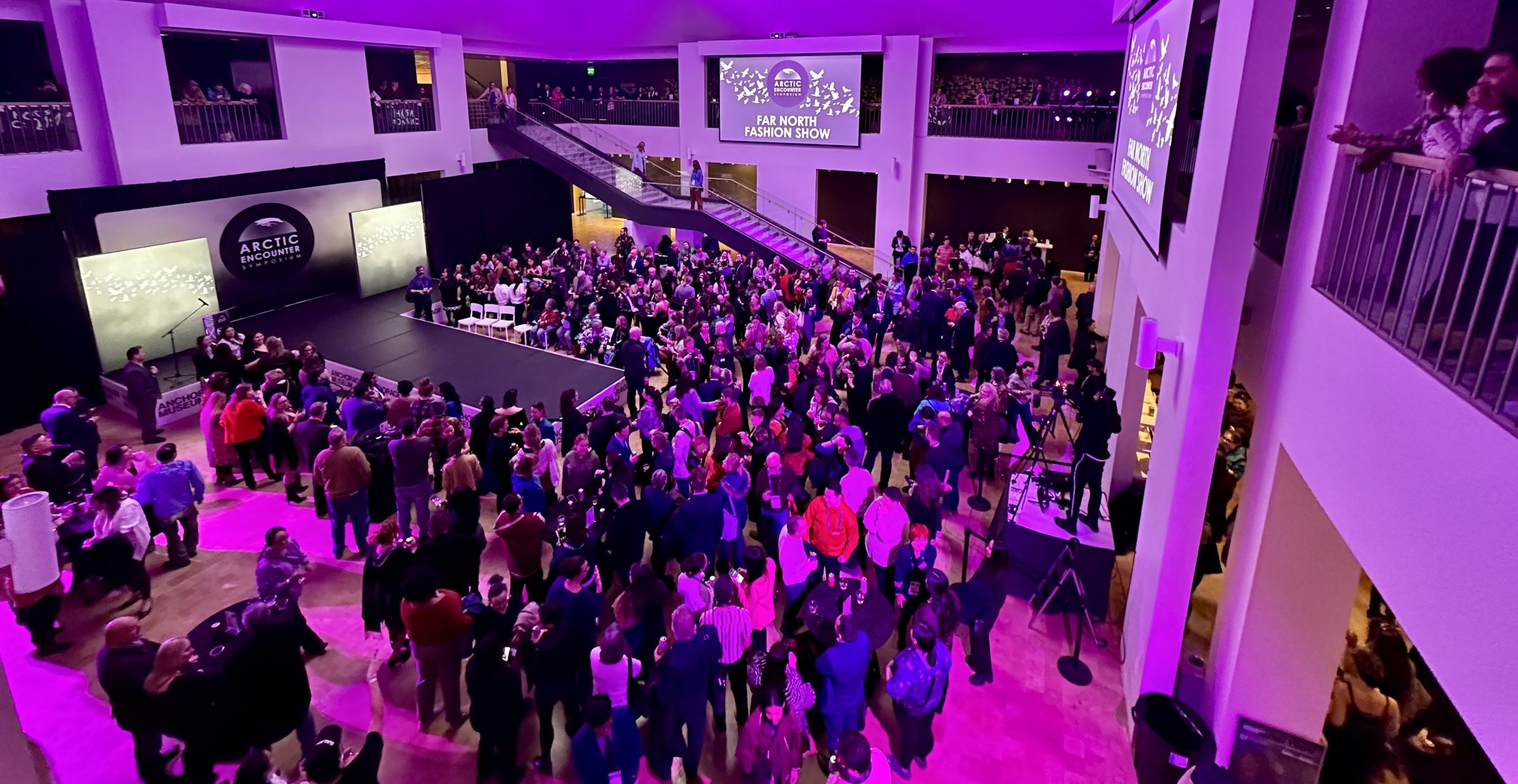
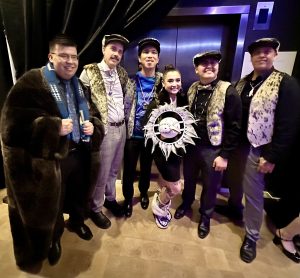
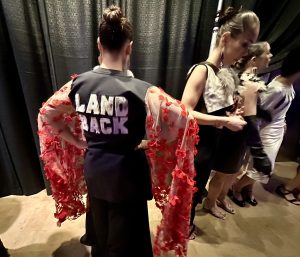
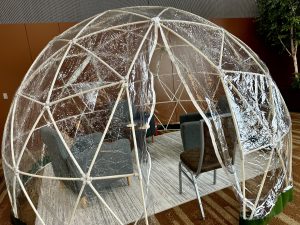
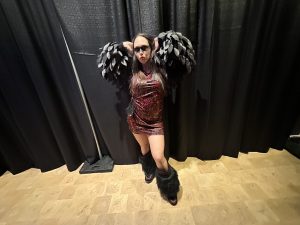
 A formal process begins this week in Anchorage to document Native boarding school abuse.
A formal process begins this week in Anchorage to document Native boarding school abuse.


 The book A Cloud Over the Land tells the story about how the Burt Lake Band lost their land, but also about the fight to get it back.
The book A Cloud Over the Land tells the story about how the Burt Lake Band lost their land, but also about the fight to get it back.